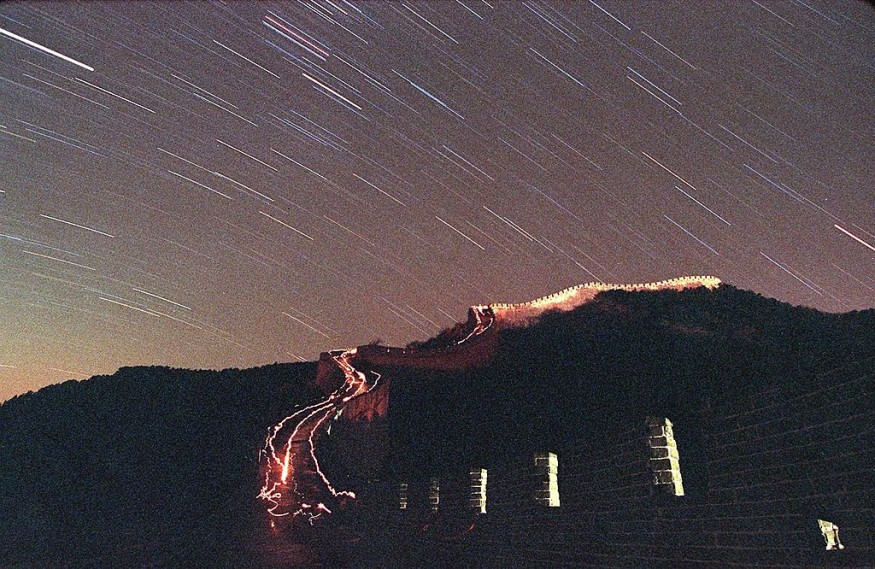During the next two weeks of November, three unique sky phenomena will be worth watching. A meteor shower will climax this week, and a partial lunar eclipse will change the full moon into a rusty-orange tint.
Space.com said the Northern Taurid meteor shower would be active throughout the week. Still, it will peak late Thursday night, November 11, and early Friday morning, November 12, with anything from 10 to 15 meteors per hour flying across the sky in dark locations.

Northern Taurids Meteor Shower to Peak This Week
The Southern Taurid meteor shower first appeared on November 4 and 5 while the moon was in its crescent phase, Science Times reported. Even if the moon's phase has risen to only a day beyond the first quarter by the evening of November 12, Northern Meteor Shower will set about 12:50 a.m., leaving the rest of the night dark for meteor watching.
Taurid meteors have a yellowish-orange tint and "look to travel very slowly" compared to other shooting stars. According to Space.com, the meteors' name originates from the way they appear to radiate from the constellation Taurus, the Bull. The same source also added that the phenomenon hovers low in the east a few hours after dusk and is virtually directly above around 1:30 a.m. local time. The dazzling moon will have left the scene as late as November 12, just before Taurus reaches its greatest position in the sky.
How to Watch This Meteor Shower
American Meteor Society said most mornings under perfect conditions this week might yield up to twenty meteors per hour for diligent watchers.
CNet also added that stargazers should venture out a couple of hours before sunrise, away from urban light pollution and ideally with a moonless sky, to have the best chance of seeing a shooting star, or the more dramatic fireball that the slow-moving Taurids are famed for. Allow 20 minutes for the eyes to adapt and at least an hour outside with a clear view of the sky to increase your chances of capturing a Taurid or two.
Leonids Meteor Shower Coming Soon
If you don't get a chance to view the Taurids, reports said that another meteor shower would be later this month. According to EarthSky.org and other astronomy experts, the Leonid meteor shower will be most active between late November 16 to early November 17.
However, it may be difficult to see the Leonids due to the moon's illumination as it approaches its fullest phase of the month. The magnificent waxing gibbous moon will be visible for virtually the whole night. It'll set in the early hours of the morning before daybreak.
The Leonids emit 10 to 15 meteors per hour in dark regions away from city lights on an average year. However, due to the moonlight, that number is projected to be significantly smaller this year.
Late November Lunar Eclipse
Later this month, skywatchers in the eastern United States will be able to observe a partial lunar eclipse, albeit they will have to get up early. The eclipse will take place soon before 4 a.m. Eastern time on November 19 (per Time and Date), when the so-called "beaver moon" (via Mass Live) will officially turn full.
Space.com said many skywatchers refer to a full moon during a lunar eclipse as a "blood moon" because of its rusty orange hue.
Final Full Moon 2021
The final full moon this year will be seen in the sky on December 18, following the partial eclipse and full moon on November 19. It's known as the "cold moon" since it appears just as the winter chill begins to set in.
NBC News said the next "supermoon," a full moon that looks somewhat larger and brighter than the ordinary moon due to its orbit being slightly closer to Earth, won't be seen until June 14, 2022.
Check out more news and information on Space in Science Times.
© 2025 ScienceTimes.com All rights reserved. Do not reproduce without permission. The window to the world of Science Times.












